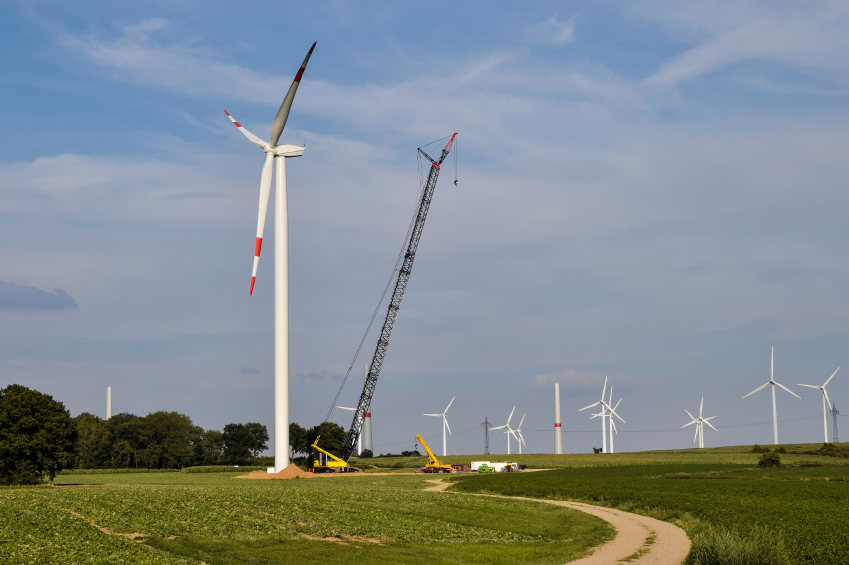According to MAKE’s latest wind power outlook for North America, unprecedented long-term policy certainty in the U.S., along with a new climate-conscious government in Canada, will enable nearly 75 GW of total wind power growth in the region from 2016 to 2025.
The production tax credit (PTC) in the U.S. was extended in December 2015 as a multiyear phaseout and will support a total of 44.4 GW of wind power additions from 2016 to 2021. However, as the value of the PTC phases down after 2018, several drivers must align to sustain wind power growth in the U.S. At the sub-regional level, Texas will lead wind power growth from 2016 to 2018, followed by the Plains and the Midwest.
Turbine technology advancement and balance-of-plant cost reductions will continue to drive down the levelized cost of electricity (LCOE) of wind power and offset a portion of the lost PTC value from 2019. This will allow wind power to maintain a substantial share of new power generation demand, despite attractive costs for natural gas power and rising competition from solar photovoltaics. Last year, the U.S. alone added nearly 8.6 GW of new wind energy generation.
The Clean Power Plan (CPP) is the largest source of uncertainty in the U.S. outlook. Legal challenges remain a concern, especially following the recent Supreme Court decision to grant a stay for CPP implementation. Nevertheless, MAKE forecasts demand from the CPP to drive about 12% of the 10-year growth in wind capacity.
In Canada, energy policies, particularly at the provincial level, remain the most influential wind market drivers, although LCOE and electricity exports become increasingly significant in the latter half of the outlook. Election outcomes in 2015 and subsequent energy policy updates were largely favorable, but upgrades in certain provinces are partially offset by downgrades in others.




